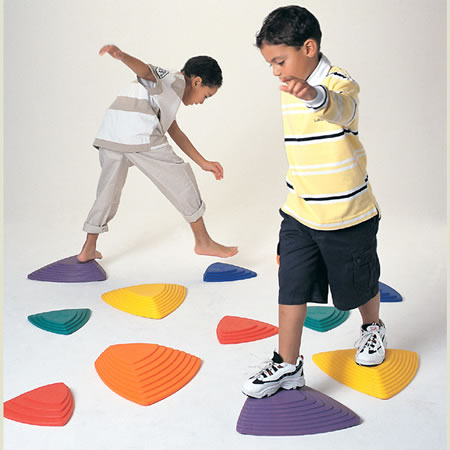Discover a world of endless play possibilities with Riverstones Play and Physical Therapy Stepping Play Stones! Designed to inspire creativity and foster physical development, these stepping stones are a must-have addition to any child's playtime.
Crafted with utmost care and safety in mind, these stepping stones are made from durable, non-toxic materials, ensuring a worry-free play experience. Their vibrant colors and unique designs instantly captivate children's attention, sparking their imagination and encouraging active exploration.
Perfect for indoor or outdoor use, Riverstones Play Stones offer a fantastic way for kids to enhance their balance, coordination, and motor skills. Build obstacle courses, create balance challenges, or construct a stepping stone path for exciting games - the possibilities are limitless!
These play stones are not only great fun but also serve as a valuable tool in physical therapy settings. Therapists can use them to engage children in therapeutic activities that promote muscle strength, proprioception, and gross motor skills development.
With various sizes and textured surfaces, these stepping stones cater to children of all ages and skill levels. Watch as your little ones grow in confidence and conquer each stone with determination, fostering a sense of accomplishment.
Join the countless parents, educators, and therapists who trust Riverstones Play and Physical Therapy Stepping Play Stones to provide endless joy and meaningful developmental benefits for children. Embrace a world of imaginative play and holistic growth with this exceptional product!
Additional Images



